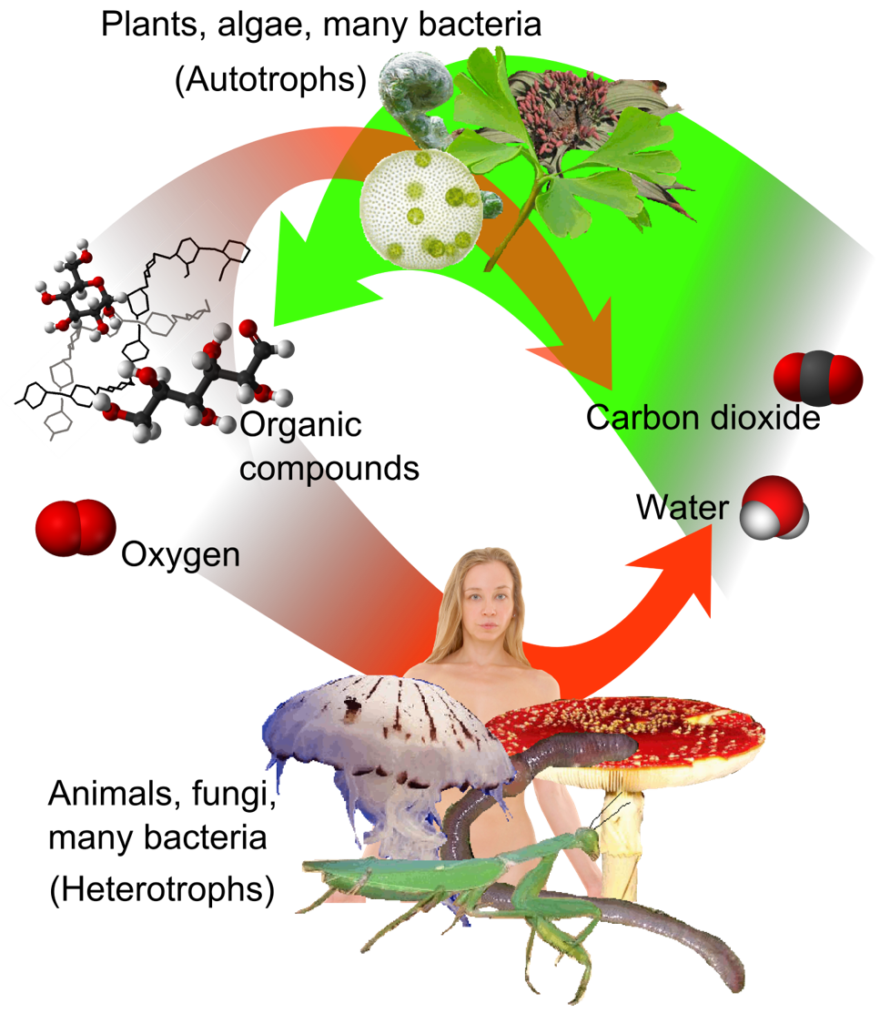
Surprising discovery shows a strong link between Earth's magnetic field and atmospheric oxygen levels

Every breath we take in contains 21% oxygen, the gas that makes life on Earth possible.
edited by Sadie Harley, reviewed by Robert Egan
A joint venture between NASA Goddard Space Flight Center and the University of Leeds discovered that the Earth's magnetic field strength and atmospheric oxygen levels over the past 540 years have seemed to spike and dip at the same time, showing a strong, statistically significant correlation between the two.
This correlation could arise from unexpected connections between geophysical processes in Earth's deep interior, redox reactions on Earth's surface, and biogeochemical cycling.
According to findings published in Science Advances, both magnetic field strength and atmospheric oxygen levels reached their peak intensities between 330 and 220 million years ago.

Scientists have long speculated that Earth's magnetic field may play a
role in making the planet habitable, a hypothesis reinforced by
paleomagnetic records that show that the existence of a geomagnetic
field overlaps with the timeline of life's emergence. However, there has
been little direct evidence of a long-term connection, as most Earth
system models don't even include the geomagnetic field when studying how
oxygen levels in the atmosphere have changed over time.
Previous simulations have shown that the magnetic field may be responsible for preventing the atmosphere from being stripped away or eroded by space activity, such as ionization and ohmic heating, arising from solar winds and solar energetic particles. However, there is a lack of side-by-side comparison of long-term magnetic field and oxygen level records.
This study set out to uncover the statistically significant link between both factors by analyzing two completely independent data sets: paleomagnetic records or geomagnetic data preserved in rocks and minerals for virtual geomagnetic axial dipole moment (VGADM) and various geochemical proxies for atmospheric oxygen, such as fossilized charcoal in sediments and ocean anoxia data.
- The findings reveal the highest correlation, 0.72, between Earth's geomagnetic dipole and atmospheric oxygen levels over the last 540 million years.
- The highest value occurred when there was no time gap between the two, and even after removing long-term trends, the connection remained strong, with only a slight lag of about 1 million years, which is considered negligible on a colossal geological timescale.
This link suggests a deep, previously unrecognized connection between Earth's interior and the surface environment that supports life.
These findings enhance our understanding of Earth's evolutionary history and provide deeper insight into what makes our planet habitable, offering valuable clues in the search for life beyond Earth.
More information:
Weijia Kuang et al,
Journal information: Science Advances
Written for you by our author Sanjukta Mondal, edited by Sadie Harley , and fact-checked and reviewed by Robert Egan —this article is the result of careful human work.
We rely on readers like you to keep independent science journalism alive.


No comments:
Post a Comment